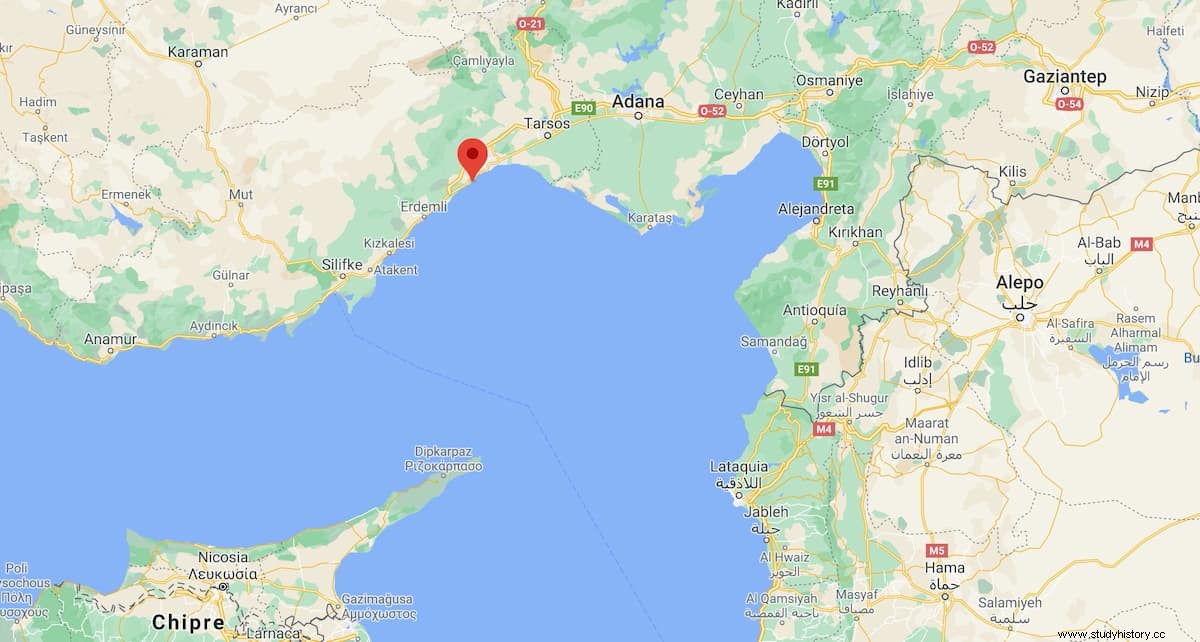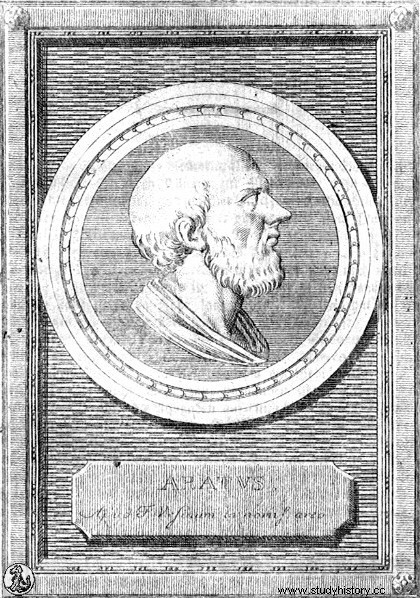Some time ago we dedicated an article to the tomb of the famous Greek astronomer poet Aratus, a tomb whose location was known but had never been excavated and therefore opened. In 2017 the local press echoed the difficulties of its excavation, and only a sign in Turkish and English informed tourists of its existence.

As we said then, Arato is famous, among other things, for having written the Fenomena , a masterpiece of Hellenistic poetry and one of the texts that would have the greatest impact on the history of astronomy. So famous that it became the best-known poem in antiquity, second only to the Iliad and the Odyssey . Even St. Paul, who was from nearby Tarsus, cites it in the Acts of the Apostles .

Aratus died in Pella, Macedonia, around 240 BC, but his remains were transferred to his hometown of Solos (today Mezitli in Turkey), where a monumental tomb was built for him. It is located very close to the old port of the city, in a field of orange trees near the famous columns of the old city.
But in the summer of 2020, thanks to the acquisition of the land by the municipality of Mezitli, the excavations finally began, under the direction of Professor Remzi Yağcı, head of the Department of Museology at Dokuz Eylül University.
Little by little, over 75 days, archaeologists brought to light the contours of the tomb. According to Yağcı, two rows of hexagonal structures and arches were unearthed around the monumental tomb. This place looks like a crater and has a circular pattern worthy of an astronomer. We have also found a solid and great monumental structure . Interestingly, NASA long ago gave the name Arato to one of the craters on the Moon.
About Arato's work we said in our previous article about it:
